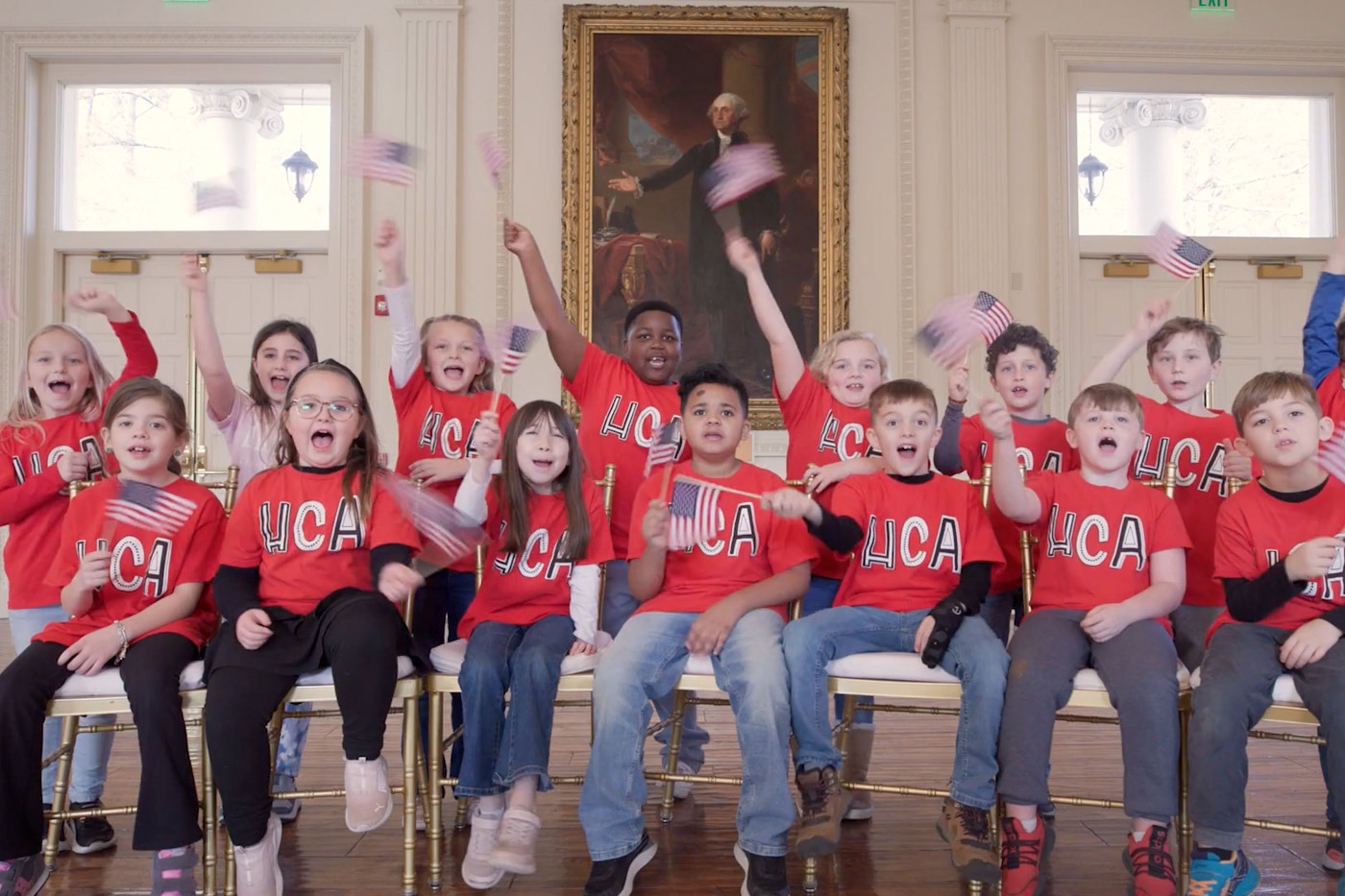Hey Alabama,
Let’s Celebrate!
| YEARS | MONTHS | DAYS |
How are You Celebrating America’s 250th Birthday in Your Town?
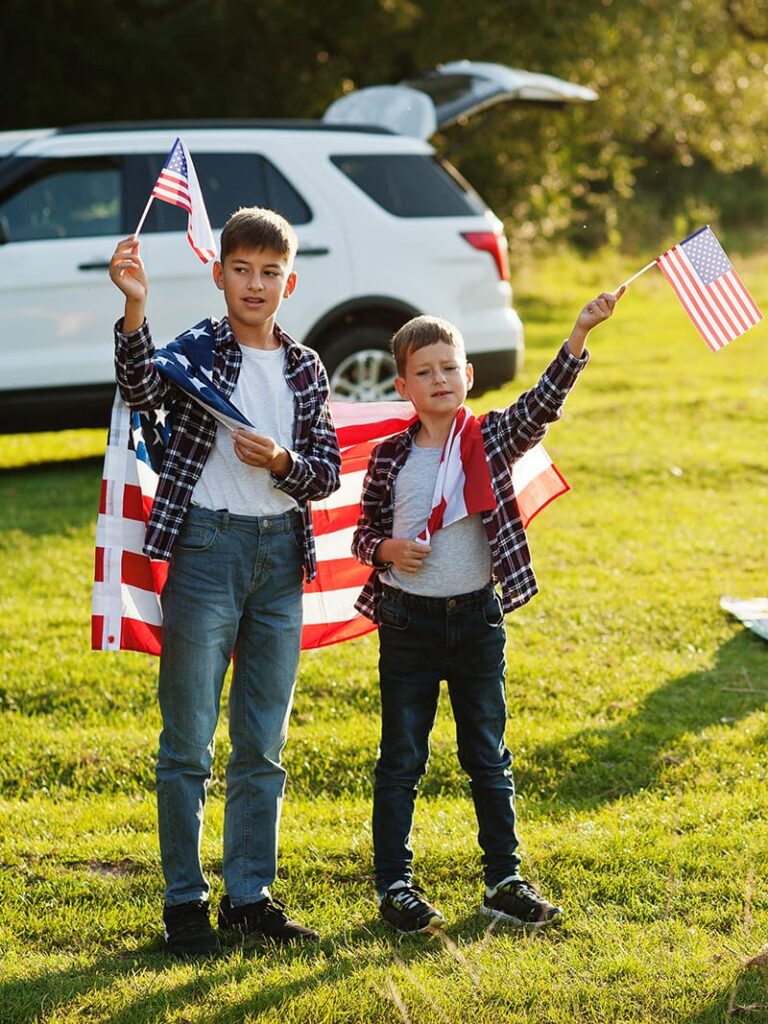
What is America250?
On July 4, 2026, the United States will mark the 250th anniversary of the Signing of the Declaration of Independence, the birth of our Nation.
“From Concord Bridge in 1775 to the Edmund Pettus Bridge in 1965 and beyond, the quest for liberty has resonated through the generations.”
Tom Walker, Founder and President Emeritus, American Village
One Nation. Many Stories.
Your story, a part of America’s rich tapestry, joins diverse voices responding to America’s Invitation. Your reflections on our past, present, and future contribute to the creation of history’s most inclusive commemoration.
View the Timeline Leading up to
July 4, 2026
Drafting the Declaration of Independence
Thomas Jefferson’s original draft included among it’s grievances, a condemnation of slavery that was later removed. Read the original draft and compare it to the actual Declaration.
Features
Every month we add new recipes, books, podcasts, and patriots to our features page. Please check back frequently for the latest features.
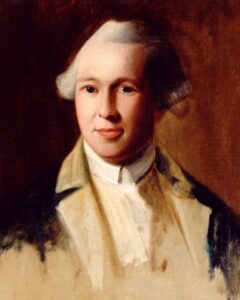
Featured Patriots
Dr. Joseph Warren: A Martyr of the Revolution
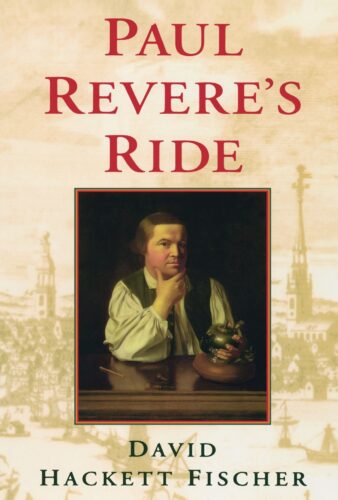
Featured Books
“Paul Revere’s Ride,” by David Hackett Fischer
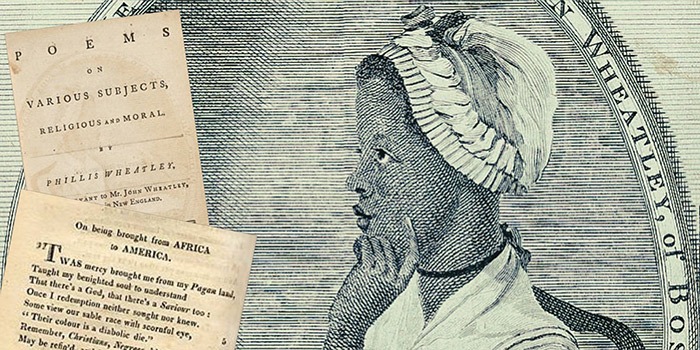
Featured Podcasts
Phillis Wheatley: The Enslaved Poet Who Met with George Washington AND the King of England
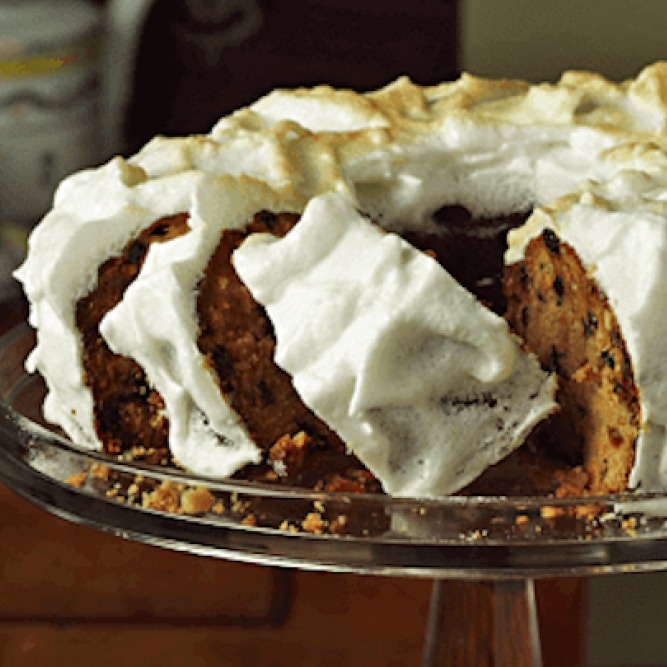
Featured Recipes
Martha’s Great Cake Recipe
Educate. Engage. Unite.
Teacher Lesson Plans, Podcasts, Webinars, and other educational materials
Educational Materials
Historical lesson plans for teachers
Honor our Veterans
Learn more about the veterans who served our country
Videos
Historical videos about the American Revolution
Podcasts
Historical podcasts about the American Revolution
What Part Did The American Revolution Play In Alabama?
Follow Us on Social Media
Join our Mailing List
Sign up for news on upcoming events near you and around Alabama.


